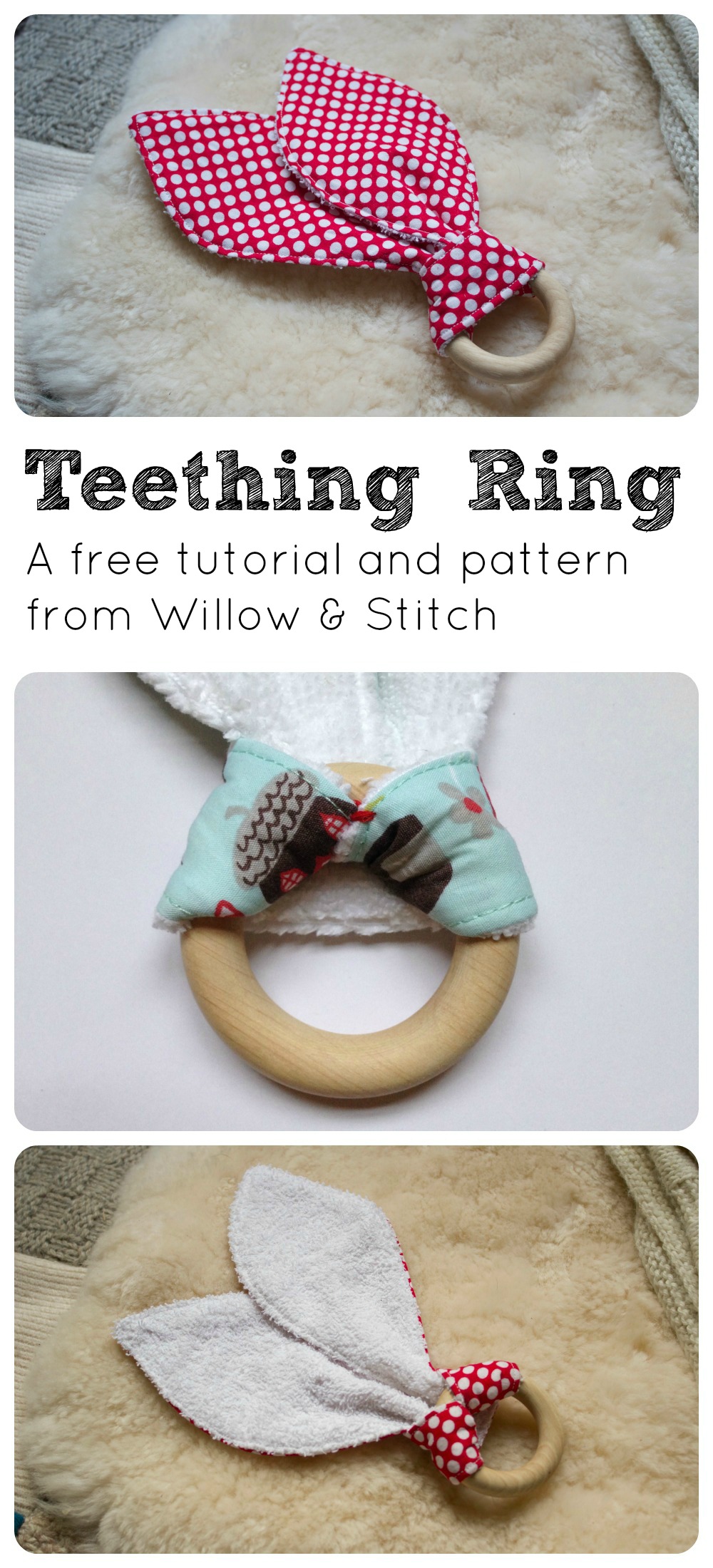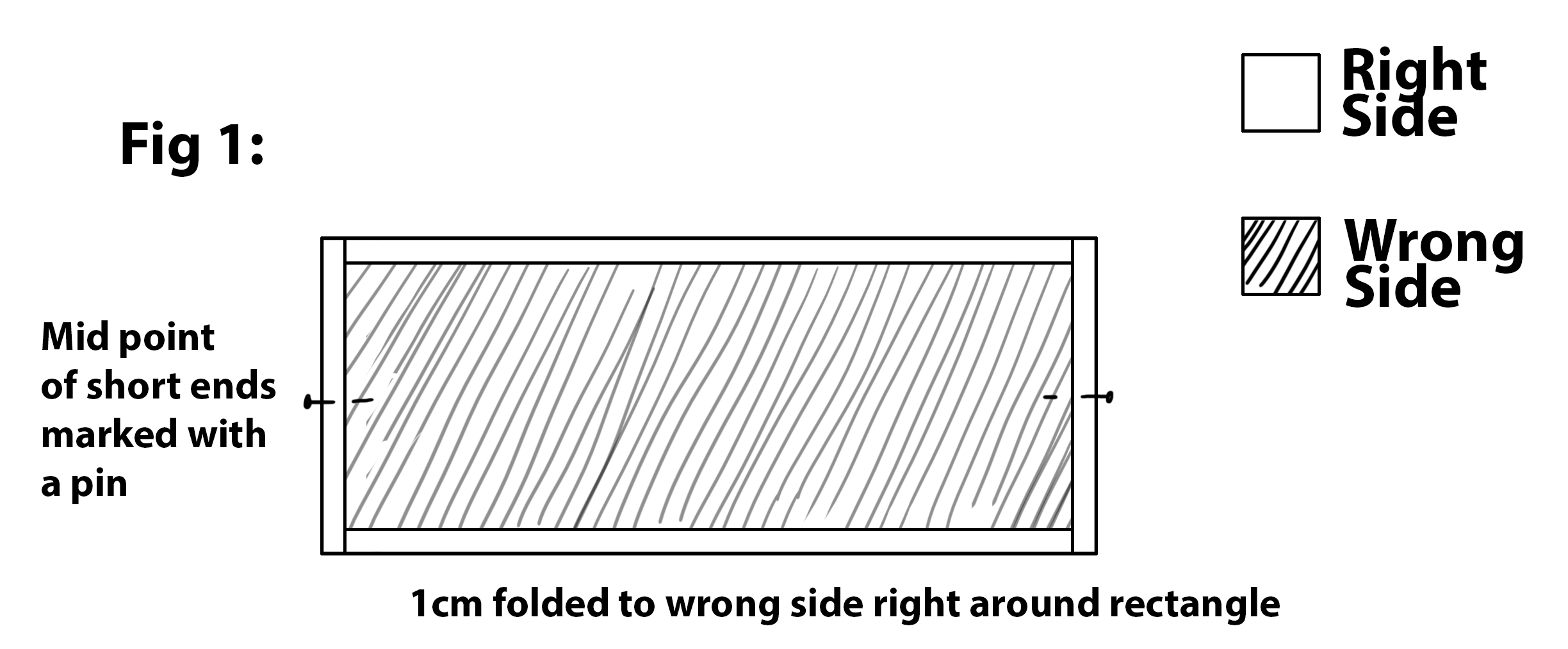A Week of Tees
/So the birthday presents are finally all made - having taken waaay longer than I expected they would, and before I turn my attention to the gorgeous stack of fabrics sitting patiently in my cupboard, just crying out to be turned into Geranium Dresses, Junebug Dresses and Gumnut Dresses, I am going to do something for myself. Something just for me.
My wardrobe is pitifully depleated of T-shirts and I have a huge stack of lovely knits begging to be used. So, I am going to put everything else to one side and declare this to be Selfish Sewing Week. Who's with me on this one?
I'm going to try to make a top every day for the next week (yikes!) I have a couple of patterns that I want to use, but I think mostly I'm going to be designing them myself so I should have a few more projects to add to my Patterns and Tutorials page by the end of the week as an added bonus.
I'm really looking forward to the chance to make some things for myself and to make a dent in my stash. I don't often sew for myself and I feel like committing to a whole week of selfish sewing is pretty much the only way to make sure I don't get distracted with other projects.
So. First up:
Sorry but making and blogging about a Tee every day this week, on top of work, housework and general kiddy wrangling is pretty much going to stretch me to my limit as it is. I'm afraid there is simply nothing left for imaginative pattern naming! So, the 'Monday Tee' it is.
Cheeky little photobomber!
I'm really pleased with this tee. It's such a simple style, but I do love the shape. It has a lovely neckline, dropped shoulder seams, tapered waist and perfectly cosy long sleeves. Stay tuned for the Pattern and Tutorial; Coming up next!























































